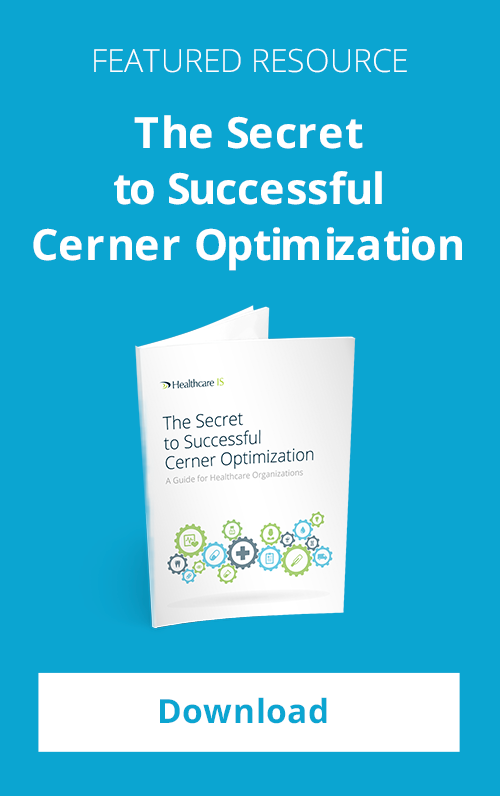Computer physician order entry, more commonly known as CPOE, is an electronic entry process for prescribing and administering medications. Implementing a CPOE system has proven to significantly reduce the frequency of medication errors.
Why CPOE?
Safe use of medication by patients remains a primary area of concern within the healthcare system. In any given week, four out of five adults in the United States will use some type of prescription medication, over-the-counter drug, or dietary supplement.
Because that usage is high, so is the margin for error. CPOE was devised to help minimize medication-related mistakes and increase successful patient outcomes. But for it to be effective, the staff needs to buy in. That’s why organizations should push for CPOE adoption rates of 90 percent or higher.
The Benefits of CPOE
Unfortunately, medication errors remain all too common. Such errors can be costly, and even worse, harmful to patients.
However, studies have shown that processing prescription drugs through a CPOE system has decreased the likelihood of errors on individual orders by 48 percent. This substantial reduction in medication errors at hospitals has a significant impact on patient safety.
Overcoming Barriers to CPOE Adoption
Getting staff on board with any new system is bound to present challenges and CPOE is no different. That’s why organizations must commit the necessary time and resources in order for CPOE adoption to take place at rates of 90%+.
Common challenges you might face in pushing for wider adoption include budgetary constraints and competing IT projects. These challenges can be mitigated by taking measures like changing workflows so that CPOE adoption becomes a required part of the job for clinicians, hospital staff, and administrators.
Identifying key stakeholders within your organization and inspiring them to back the project and evangelize it to the rest of the staff is another proven method for overcoming barriers to CPOE adoption.
You can also help better facilitate adoption by contracting with a healthcare IT consultant. Just remember, it’s important to properly vet them to make sure they have the required level of expertise and will be a good cultural fit for your organization.
Physician Resistance
Physician resistance is often one of the main barriers to CPOE adoption. Many doctors worry that CPOE systems will create more work for them and thus cling to their traditional paper-based ordering methods. Part of this problem may stem from a surprisingly high instance of low computer literacy among physicians.
Strategies for overcoming physician resistance include establishing strong leadership for managing change and identifying physicians who recognize the value of CPOE and will encourage its use with their peers. Refining physician workflows to include continuous training can help as well.
Worth the Investment
Budgetary constraints are also often cited as a barrier to widespread CPOE adoption. Implementing CPOE takes time and costs money. The longer term costs of not implementing CPOE are likely to be far higher, however. Implementing CPOE can trim expenses related to errors that impact patient safety and when continuously optimized, CPOE can also free up time for physicians and pharmacists to handle other duties.
As CPOE becomes more automated, it may also eliminate the need to have some of the superfluous staffers and assistants that are currently required. This will streamline the process, make it simpler for the patient, and help the healthcare organization’s bottom line.
Wrapping Up
Medication errors are among the most common causes of preventable injuries in hospital settings. Getting CPOE adoption rates of 90%+ can drastically reduce such errors and better ensure your facility is providing the highest possible level of patient care. While 90%+ is a good target, it’s not currently realistic to hit 100%. For example, TPN (Total Parenteral Nutrition) and oncology are two areas where the medications are often too complex to be administered through CPOE.
CPOE adoption isn’t something that happens overnight. It takes time, patience, and most of all, commitment from staff. Persistence can be key as can placing a continual emphasis on how important minimizing or eliminating medication errors is to ensuring proper patient care.
Computerized Physician Order Entry (CPOE) offers a wide range of benefits, but it comes with challenges as well. Download our "Pharmacist’s Perspective: Examining CPOE Future Challenges and Current Benefits" white paper for more information.



Comments